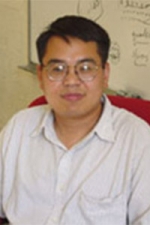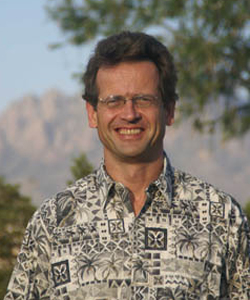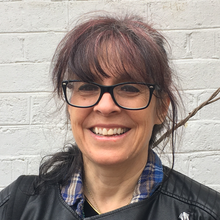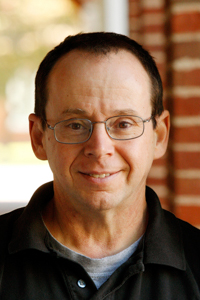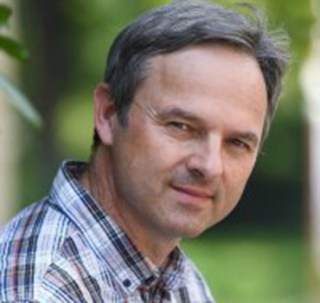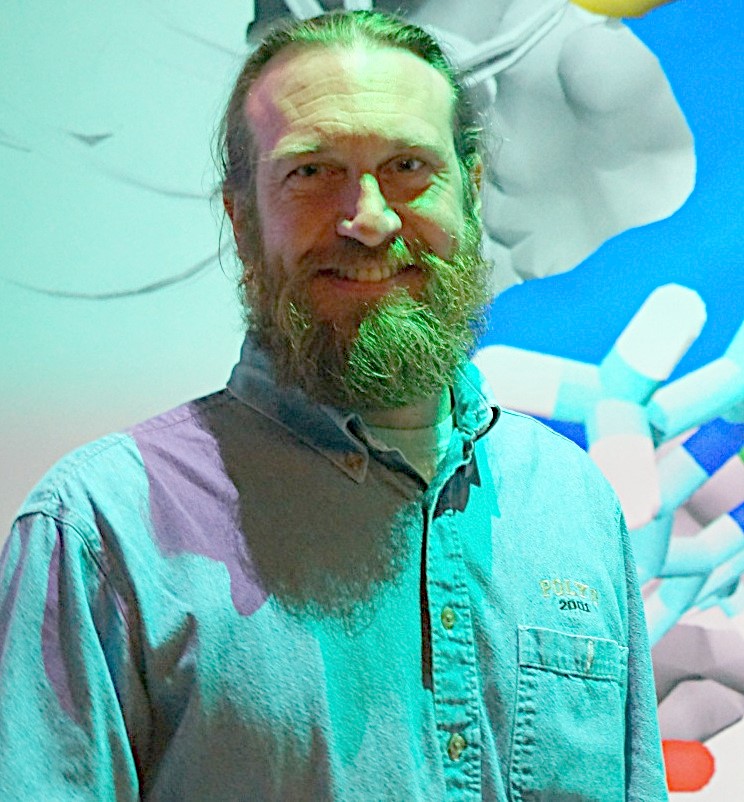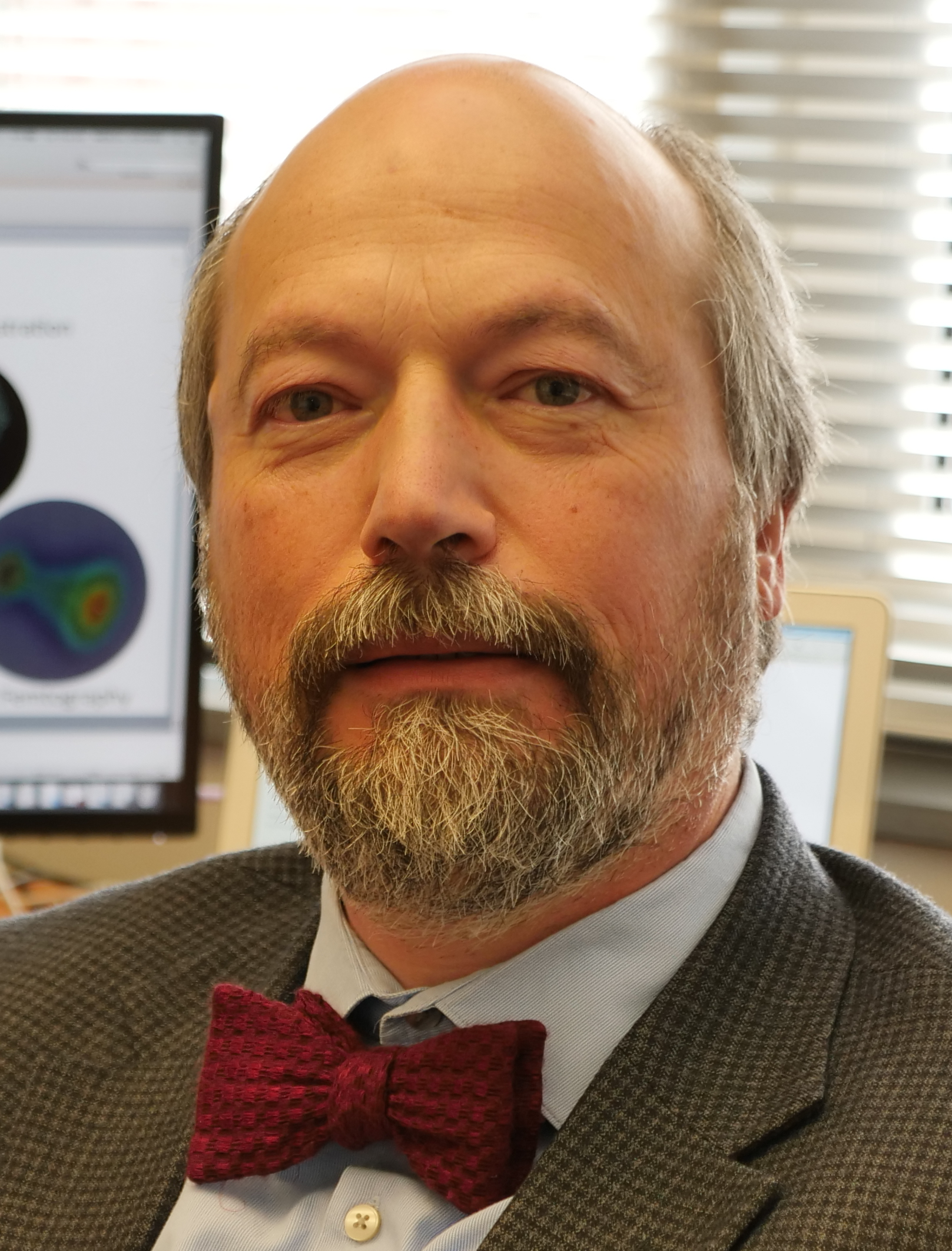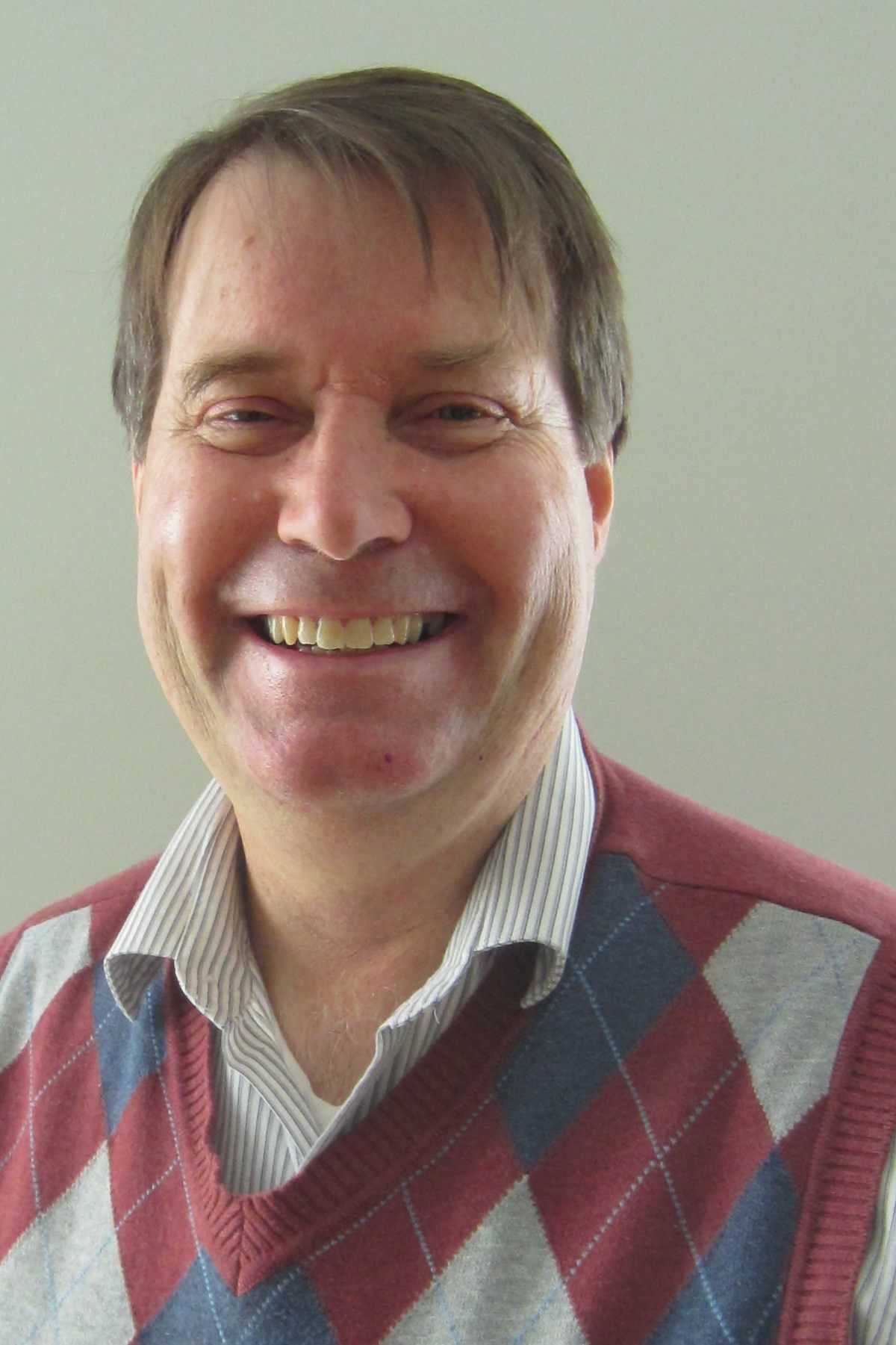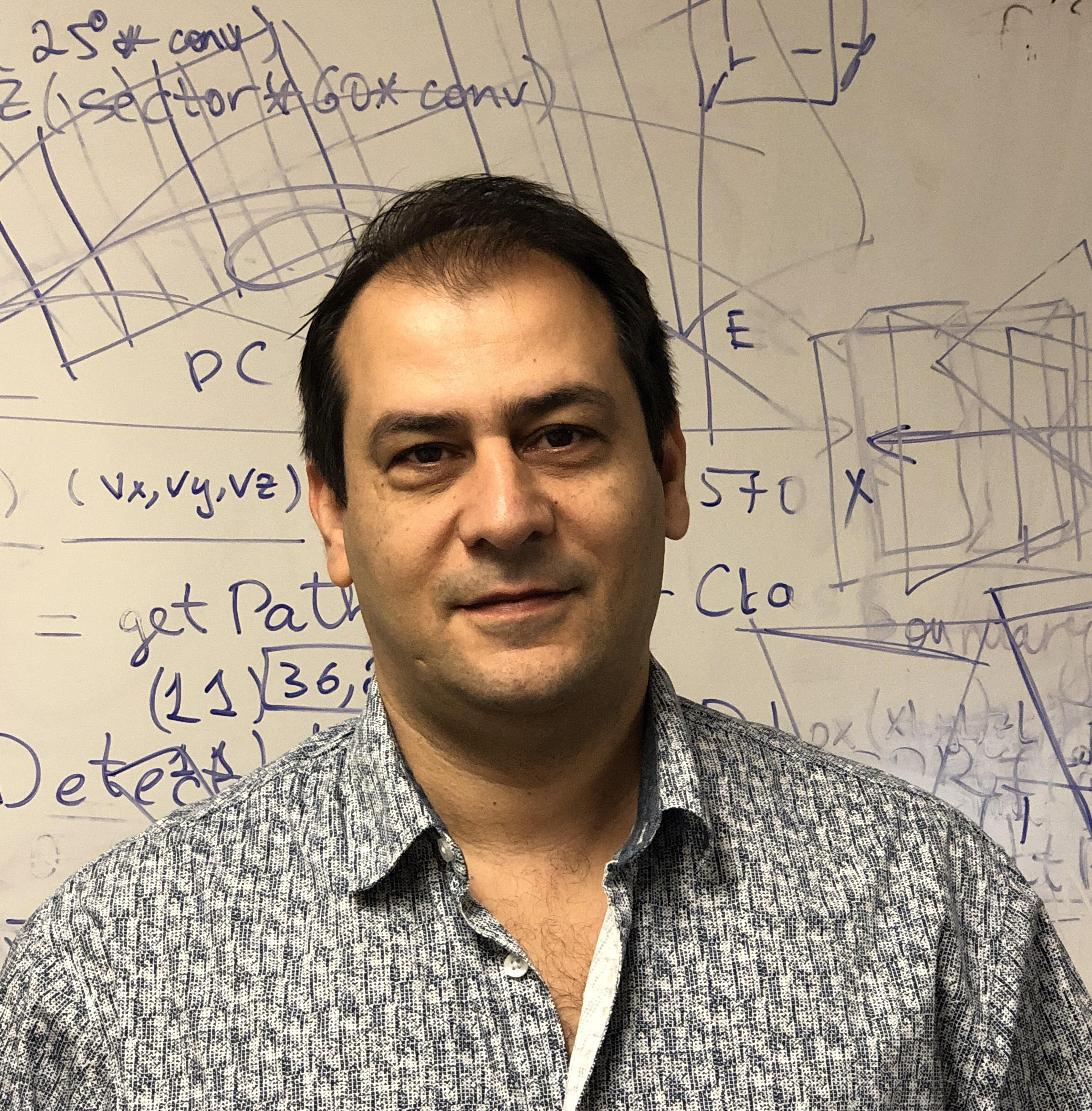DATA SCIENCE ROADMAP TO COMPTON FORM FACTORS OF QUARKS AND GLUONS
Contents
Overview
- Thursday, September 24, Focus on Enabling Technology for Femtography,
- Join Zoom Meeting
- https://odu.zoom.us/j/96240856410?pwd=TFk2dVZJOTJLRjREKzFYOWNzSHJyZz09
- Meeting ID: 962 4085 6410
- Passcode: 798025
- Join Zoom Meeting
- Friday, September 25 Focus on Frontiers of Nuclear Femtography
- Join Zoom Meeting
- https://odu.zoom.us/j/91888533554?pwd=MnJ2Zjh5UUNsV3hhQ1NmcjVvYlFXQT09
- Meeting ID: 918 8853 3554
- Passcode: 631507
- Join Zoom Meeting
Registration
- Eventbrite link https://www.eventbrite.com/e/data-science-roadmap-to-compton-form-factors-of-quarks-and-gluons-tickets-122286003729
Slides
- If presenting, upload your presentation to this Box folder or email your file to stsal001@odu.edu
- You can upload files to this Box folder with any email (non-odu).
Schedule
September 24:
- Session: 10:00 - 14:00 (EDT)
- Introduction (Chair : C. Hyde)
- Welcome and Logistics for the workshop (C. Hyde): 10:00 - 10:10
- Vision for an Interdisciplinary Center for Nuclear Femtography (Xiangdong Ji): 10:10 - 10:35
- Global Fitting (Kresimir Kumericki, Zagreb U.): 10:35 - 11:00
- Compton form factors as the interface between Data, Theory, Phenomenology (C. Hyde): 11:00 - 11:25
- Break
- Enabling Technologies I (Chair: N. Chrisochoides)
- Efforts towards flexible, efficient look-up tables of CFF (M. Kerver C. Hyde, S. Tsalikis, K. Garner, G. Gavalian, N. Chrisochoides, ODU): 11:40 - 12:05
- Tessellation for Image Analysis of CNF Data (C. Tsolakis, S. Tsalikis, N. Chrisochoides, ODU): 12:05 - 12:30
- End-user Productivity: Tessellation Utilities, HPC PARTONS & 4D data (S. Tsalikis, M. Kerver, C. Tsolakis, C. Hyde, W. Purwanto, C. Weiss, G. Gavalian, N. Chrisochoides, ODU): 12:30 - 13:00
- Visualization, Video (M. Dahshan, N.Polys, D.Heddle, VaTech): 13:00 - 13:20
- Discussion of requirements for a Database of present and future DVES data. 13:20 - 14:00
- Moderators: C. Hyde, M. Burkardt
- User-friendly access to existing published data
- Compiling essential meta-data (experimental acceptances…)
- Estimate of range and precision of data from 2020 to 2030.
- Moderators: C. Hyde, M. Burkardt
September 25:
- Session : 10:00 - 14:00 (EDT)
- Nuclear Physics Concepts and Challenges (Chair: C. Hyde)
- Forming pictures of nuclear dynamics (Matthias Burkardt, NMSU Las Cruces): 10:00 - 10:20
- Visualization for Outreach. (Jason Bennett, UVA) 10:20 - 10:25
- Walking back from the Q2->infinity approximation (Simonetta Liuti): 10:25 - 10:55
- Setting the Resolution Scale: QCD Evolution tools (Brandon Krieston, UVA): 10:55 - 11:20
- Machine Learning for global fitting of CFF from sparse data (Peter Alonzi, UVA): 11:20 - 11:45
- Forming pictures of nuclear dynamics (Matthias Burkardt, NMSU Las Cruces): 10:00 - 10:20
- Break
- Enabling Technologies II (Chair: S. Liuti)
- PARTONS Generator (Herve Moutarde, CEA) 12:00 - 12:25
- MILOU Generator (Salvatore Fazio, BNL) 12:25-12:45
- Parton Distribution Plotter (Joshua Hoskins, UVA) 12:45-13:00
- SIDIS Monte Carlo (G.Angelini, W.Briscoe, GWU) 13:00 - 13:20
- ML for Particle Tracking in Nuclear Physics (P. Thomadakis, A. Angelopoulos, G. Gavalian, D. Nikolopoulos, N. Chrisochoides, ODU): 13:20 - 13:40
- Discussion on conclusions and future agenda: 13:40 - 14:00
Presenters
External Visitors
Xiangdong Ji
Dr. Xiangdong Ji received his B.S. from Tongji University and his Ph.D. in 1987 from Drexel University. His research includes theoretical studies of the nucleon structure in Quantum Chromodynamics and experimental search for Dark Matter particles using liquid xenon technology. He had post-doctoral positions at the California Institute of Technology and the Massachusetts Institute of Technology (MIT), was a junior faculty at MIT from 1991 to 1996. He is a fellow of the American Physical Society (since 2000) and a recipient of the 2003 oversea outstanding young Chinese scientist award from the National Science Foundation of China.
Matthias Burkardt
Dr. Matthias Burkardt earned his PhD in Erlangen, Germany in 1989. His primary research interest is in non-perturbative strong interaction physics and the quark/gluon (=parton) structure of hadrons and nuclei. He is particularly interested in understanding the role of non-perturbative Quantum Chromo Dynamics (QCD) from medium energy to high-energy scattering experiments. Within this area, the main focus of his recent research has been to better understand what one can actually learn from these experiments and/or related calculations. More specifically, even though mathematical expressions in terms of matrix elements of complicated operators exist to describe the outcome of a certain experiment, the complicated nature of these matrix elements often obscures the intuitive physical interpretation of results from both experiments as well as numerical simulations.
Simonetta Liuti
Dr. Simonetta Liuti Professor Liuti´s research involves theoretical studies of the quark and gluon internal dynamics of the proton. The fundamental interactions of quarks and gluons are governed by the beautifully concise Lagrangian of quantum chromodynamics (QCD), however, to be able to understand the mechanisms generating the proton mass, spin, and mechanical properties in terms of quarks and gluons is one of the biggest challenges in physics today. Professor Liuti's work has been focused on understanding how the nucleon gets its spin from its fundamental degrees of freedom: is the orbital motion of quarks and gluons relevant and how do we describe it in QCD? The theoretical tools that allows us to obtain information on angular momentum and other mechanical properties including pressure and shear are the 3D parton distributions or the Wigner distributions at the femtoscale. A new generation of current and planned experiments at the future Electron-Ion Collider (EIC) could in principle allow us to incorporate all the information from data and phenomenology into a tomographic image connecting the deepest part of the quantum world with what we see as everyday matter around us. Accessing this new type of knowledge has far-reaching consequences as it could even impact our understanding of the interior of neutron stars.
David Heddle
Dr. David Heddle received his Ph.D. in physics in 1984 from Carnegie Mellon University under Professor Leonard Kisslinger. His dissertation was in nuclear theory; he calculated hypernuclear decay rates in a quark model. He was a postdoctoral associate at the University of Maryland and a research physicist at the Nuclear Physics Laboratory at the University of Illinois at Urbana-Champaign where he switched his focus from nuclear theory to accelerator physics under the supervision of Larry Cardman. He came to JLab in 1989 through a joint appointment with Christopher Newport University. After some work in accelerator physics at JLab, primarily in designing a Wien Filter for rotating polarized electrons, he joined the Physics Division and Hall B. His contributions in Hall B have been in a variety of software efforts, including visualization, noise finding, and service-oriented architecture. From 2011 until May of 2013 he was the chair of the Mathematics Department at CNU.
Krešimir Kumerički
Dr. Krešimir Kumerički defended his PhD thesis “Rare decays of K mesons” (supervisor Ivica Picek) in 1998. The focus of his research at that time was interplay of electroweak and QCD effects in various decays involving quark flavor change. In the meantime, after longer stay at Universities of Oslo and Regensburg (2005-2006), his interest shifted to studies of quark-gluon structure of nucleon as encoded by so called generalized parton distributions. This offers a novel three-dimensional picture of the nucleon structure, studied at many present (CERN, Jlab) and future experimental facilities (electron-ion collider, EIC). He pioneered application of neural networks in these studies. He is also involved in studies of Large Hadron Collider phenomenology of various extensions of Standard model, in particular those that aim for an explanation of small neutrino masses. He authored 29 journal papers which are cited more than 600 times (according to inSPIRE). He was promoted to the rank of Associate Professor of Physics at the University of Zagreb in 2011, has mentored 10 diploma theses, and is presently mentoring a PhD thesis. He teaches particle physics at the undergraduate and doctoral levels.
Nicholas Polys
Dr. Nicholas Polys heads the ARC Visualization Group. He has developed interactive 3D graphic content and systems for over 13 years. His research interests lie at the heart of Human-Computer Interaction: the intersection of visualization, virtual environments, and perception. After his undergraduate research in Cognitive Science at Vassar College (1996), he jumped into the networked information space of the WWW developing audio, visual, and 3D assets and software. His doctoral work at Virginia Tech (2006) examined perceptual cues and layout behaviors for Information-Rich Virtual Environments for desktop to immersive platforms. He is a member of ACM, IEEE Computer Society, and the Web3D Consortium. He is a co-author of the international standard (ISO) Extensible 3D (X3D), an elected Director of the Web3D Consortium, and Chair of the Web3D User Interface Working Group. Nicholas also holds a position as an Affiliate Professor in Virginia Tech's Computer Science Department.
ODU/JLAB
Nikos Chrisochoides
Nikos Chrisochoides is a John Simon Guggenheim Fellow in Medicine & Health in the US and Distinguished Visiting Fellow in the Royal Academy of Engineering in the UK. His current research interests are in real-time image computing. Nikos received his Ph.D. in 1992 from Computer Science at Purdue University. He worked at Northeast Parallel Architectures Center in Syracuse and Advanced Computing Research Institute at Cornell. In 1997 he joined the Computer Science & Engineering Dept. at Notre Dame where he received his NSF CAREER Award. In 2000 he joined the College of William and Mary where he was awarded the Alumni Memorial Professorship. He has held visiting positions at MIT, Harvard Medical School, and Brown University. He participated as PI, Co-I, and Senior Personnel on projects with more than $16 million (with more than $10M as a PI) in research projects on high-performance and medical image computing and he has more than 240 publications.
Charles Hyde
Dr. Charles Hyde served as co-spokesperson of seven past (E93-050, E99-114, E00-110, E03-106), present (E07-007, E08-025), and future 12 GeV (E12-06-114) experiments at the Thomas Jefferson National Accelerator Facility in Newport News VA. His Research is in nuclear physics, focusing on the topic of Compton Scattering from the proton. In this process, he uses one high energy photon to hit a proton, and with a second photon, we take a picture of the wiggling internal structure of the proton. Presently, he is focussing on creating 3-D images of the quarks and gluons inside the proton and the atomic nucleus by the "Deeply Virtual Compton Scattering" reaction. A technical summary can be found at http://hallaweb.jlab.org/experiment/DVCS/ He is also active in developing the design and physics motivation for a future Electron-Ion Collider. His research is currently funded by the U.S. Department of Energy Office of Science, the National Science Foundation, and Brookhaven National Laboratory Previous funding includes the French CNRS/IN2P3 and ANR.
Gagik Gavalian
Dr. Gagik Gavalian attended Yerevan State University and graduated in 1996 with a major in Physics. He obtained his Ph.D. in Nuclear Physics from the University of New Hampshire in May 2004. Gagik then served as a Post Doctoral Research Associate at Old Dominion University until 2008. He then assumed the role of Assistant Professor at Old Dominion until 2014, where he taught introductory physics and conducted research at Jefferson Lab. Gagik played an instrumental role in the Hall B data mining efforts leading to multiple publications on studies of nuclear effects in electron-nucleus scattering. Gagik joined Jefferson Lab as a staff scientist in 2014 and has been working on preparing the CLAS12 data analysis packages towards expedient analysis. He also mentors Doctoral candidates and college students. For the past four years, Gagik worked on implementing CLAS12 detector reconstruction packages in cloud distributed CLARA framework. CLAS12 the detector was successfully commissioned in February 2017 with reconstruction software successfully tested for full data production. For the past (2017-2018) year Gagik was leading effort in the development of physics analysis software for CLAS12 experimental data.

